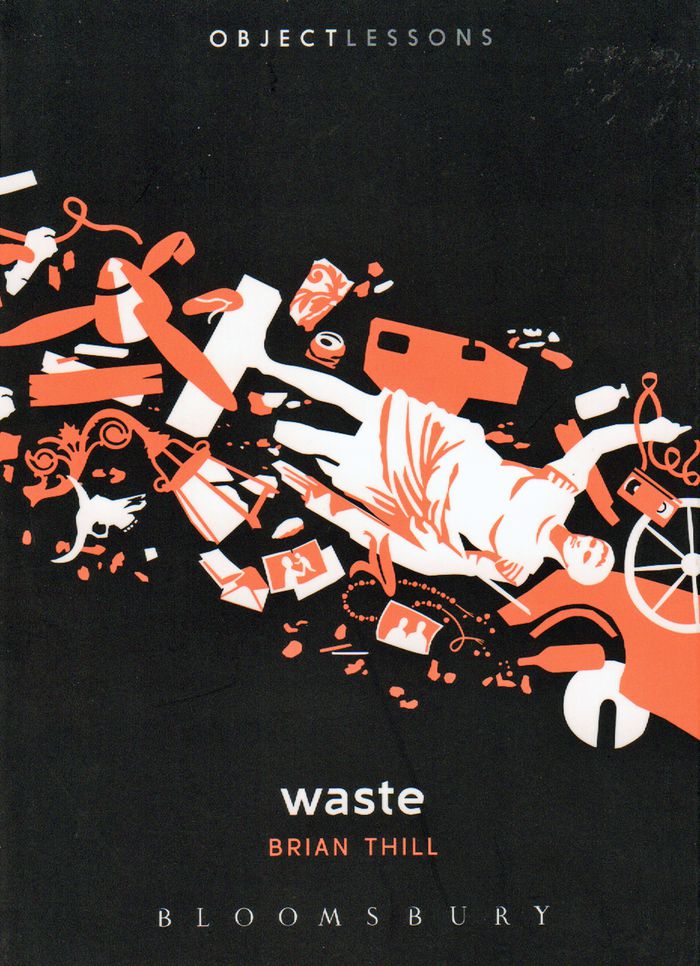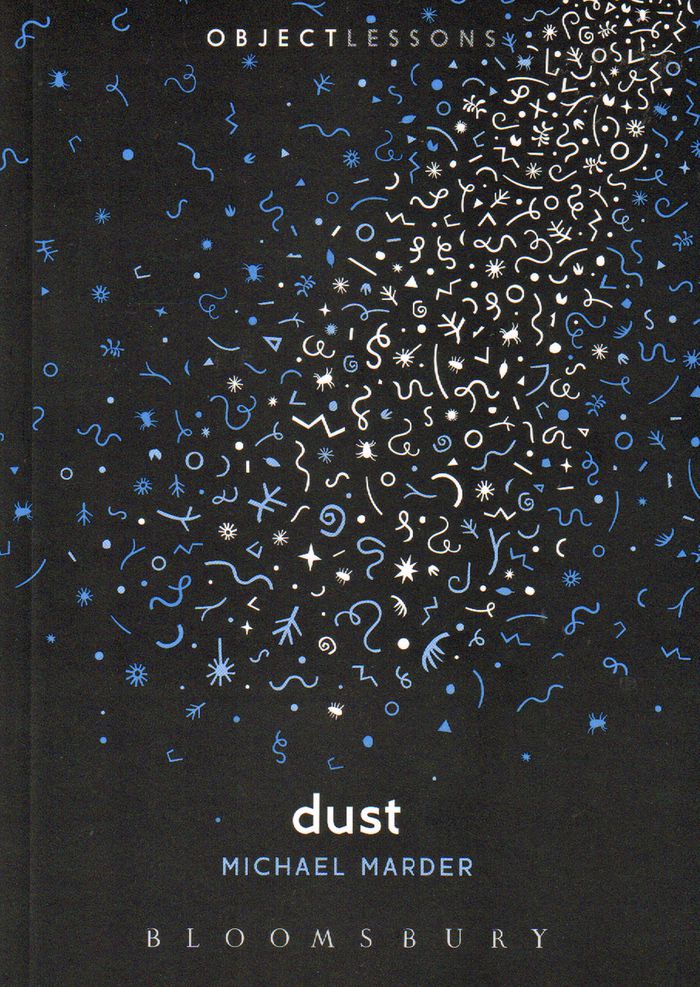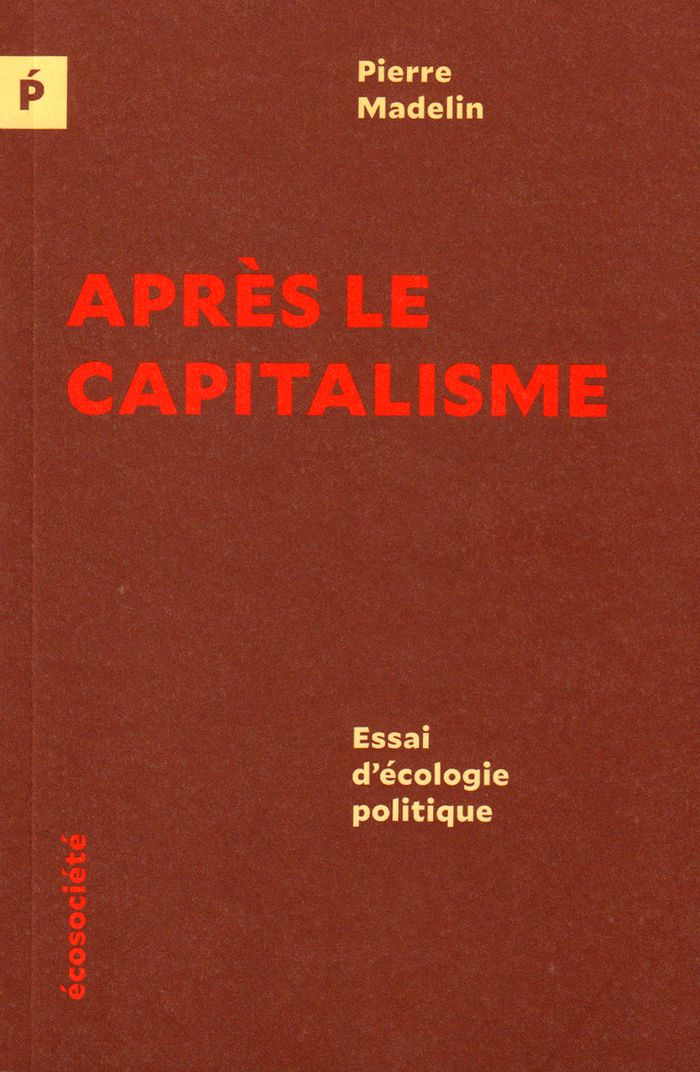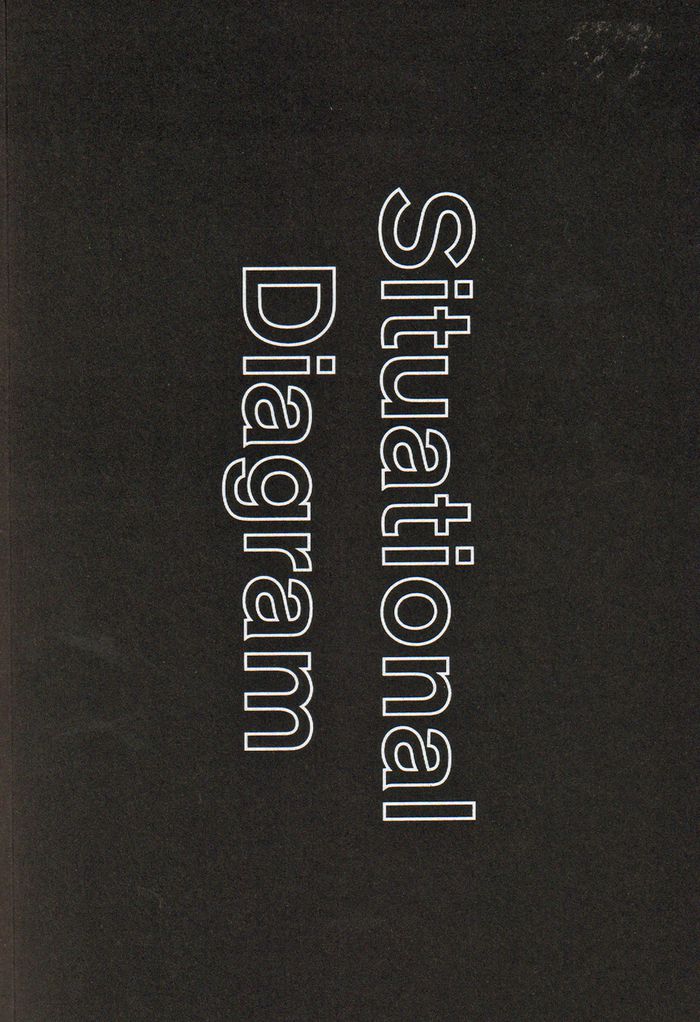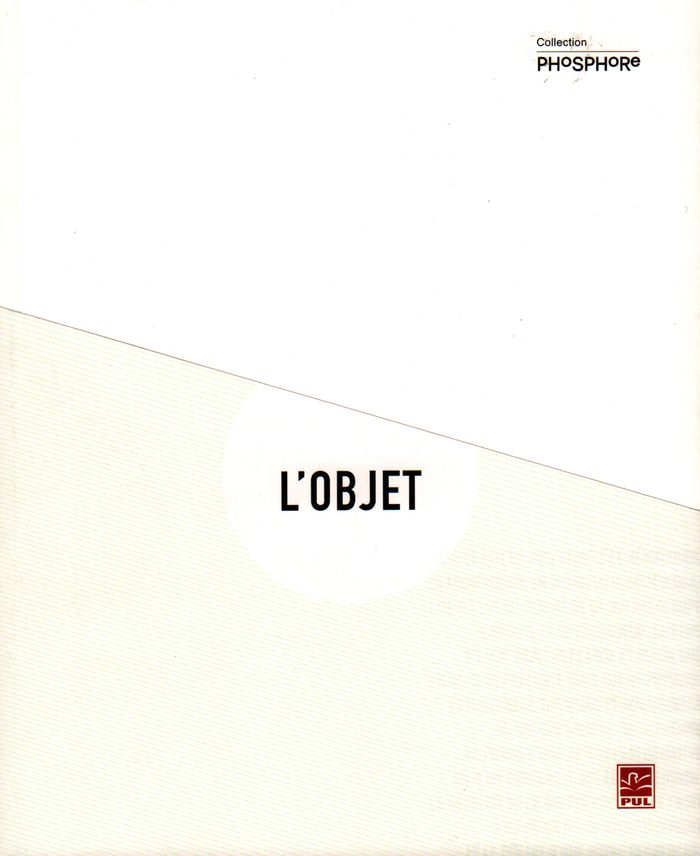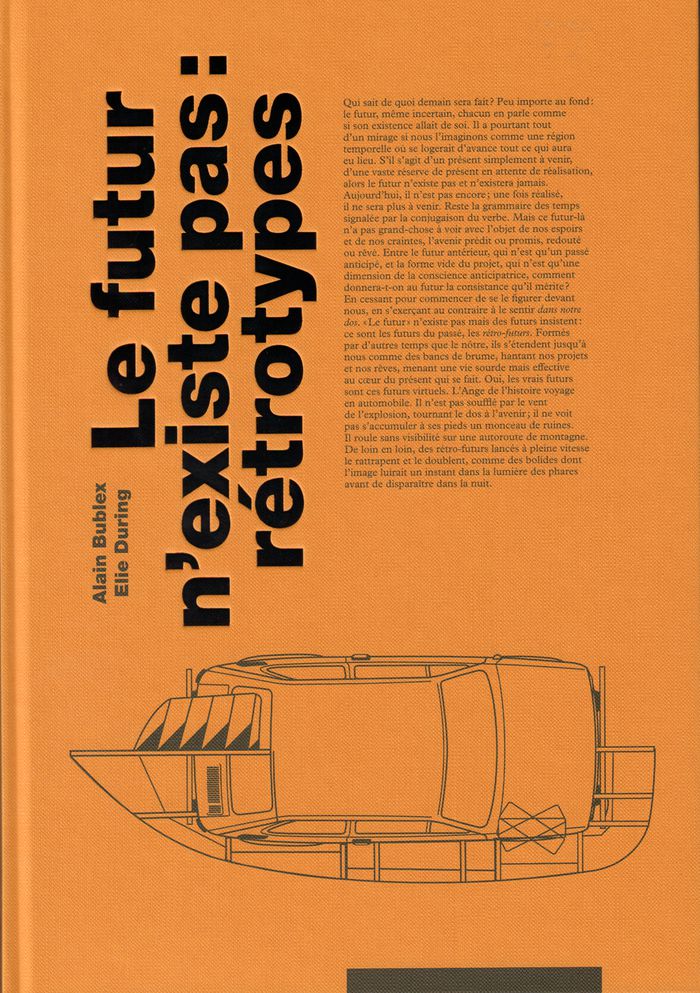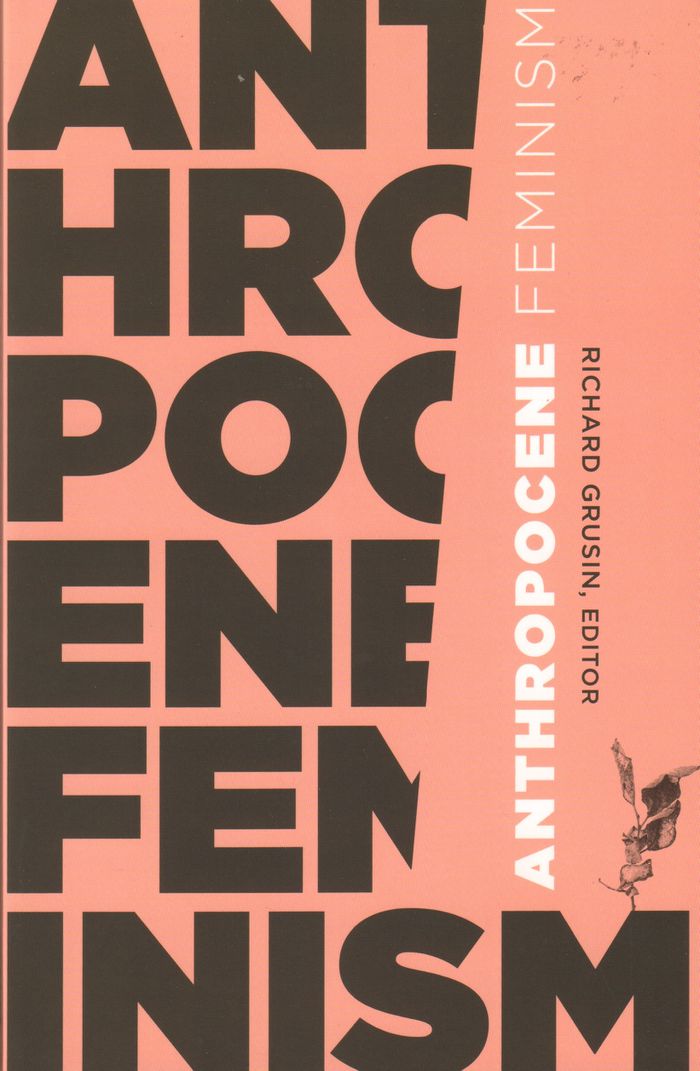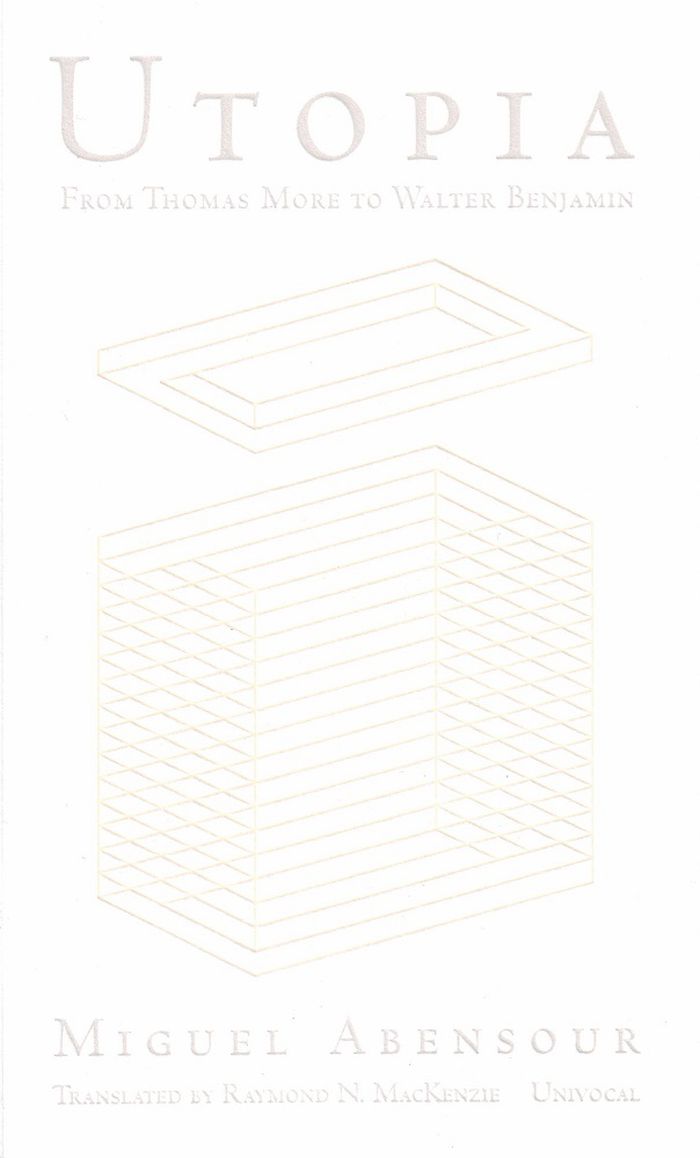Waste (object lessons)
$21.95
(disponible en magasin)
Résumé:
Though we try to imagine otherwise, waste is every object, plus time. Whatever else an object is, it's also waste-or was, or will be. All that is needed is time or a change of sentiment or circumstance. Waste is not merely the field of discarded objects, but the name we give to our troubled relationship with the decaying world outside ourselves. Waste focuses on those(...)
Waste (object lessons)
Actions:
Prix:
$21.95
(disponible en magasin)
Résumé:
Though we try to imagine otherwise, waste is every object, plus time. Whatever else an object is, it's also waste-or was, or will be. All that is needed is time or a change of sentiment or circumstance. Waste is not merely the field of discarded objects, but the name we give to our troubled relationship with the decaying world outside ourselves. Waste focuses on those waste objects that most fundamentally shape our lives and also attempts to understand our complicated emotional and intellectual relationships to our own refuse: nuclear waste, climate debris, pop-culture rubbish, digital detritus, and more.
Théorie/ philosophie
Dust (object lessons)
$21.95
(disponible en magasin)
Résumé:
No matter how much you fight against it, dust pervades everything. It gathers in even layers, adapting to the contours of things and marking the passage of time. In itself, it is also a gathering place, a random community of what has been and what is yet to be, a catalog of traces and a set of promises: dead skin cells and plant pollen, hair and paper fibers, not to(...)
Dust (object lessons)
Actions:
Prix:
$21.95
(disponible en magasin)
Résumé:
No matter how much you fight against it, dust pervades everything. It gathers in even layers, adapting to the contours of things and marking the passage of time. In itself, it is also a gathering place, a random community of what has been and what is yet to be, a catalog of traces and a set of promises: dead skin cells and plant pollen, hair and paper fibers, not to mention dust mites who make it their home. And so, dust blurs the boundaries between the living and the dead, plant and animal matter, the inside and the outside, you and the world (“for dust thou art, and unto dust shalt thou return”). This book treats one of the most mundane and familiar phenomena, showing how it can provide a key to thinking about existence, community, and justice today. - See more at: http://www.bloomsbury.com/us/dust-9781628925586/#sthash.ghw4gFcC.dpuf
Théorie/ philosophie
Après le capitalisme
$17.00
(disponible sur commande)
Résumé:
Dans ce livre, Pierre Madelin se livre à l’examen des possibilités « révolutionnaires » pour rompre avec « l’imaginaire de domination rationnelle du monde » qui nous a menés au bord du gouffre. Cet imaginaire est lié à l’avènement de la science et de la philosophie modernes. Or, comme le dit l’auteur : « Nous étions persuadés de mener une guerre contre le monde pour notre(...)
Après le capitalisme
Actions:
Prix:
$17.00
(disponible sur commande)
Résumé:
Dans ce livre, Pierre Madelin se livre à l’examen des possibilités « révolutionnaires » pour rompre avec « l’imaginaire de domination rationnelle du monde » qui nous a menés au bord du gouffre. Cet imaginaire est lié à l’avènement de la science et de la philosophie modernes. Or, comme le dit l’auteur : « Nous étions persuadés de mener une guerre contre le monde pour notre propre bien, et nous découvrons que c’est à notre propre humanité que nous n’avons cessé de livrer bataille. » L'auteur estime que cette transformation majeure de nos imaginaires demeurera ineffective si elle ne s’accompagne pas d’une révolution sociale et politique. Et, d’un point de vue politique, c’est le capitalisme qui doit être désigné comme l’ennemi à abattre parce qu’il est devenu le seul dispositif techno-économique encore porteur de cet imaginaire de domination rationnelle du monde.
Théorie/ philosophie
$15.00
(disponible sur commande)
Résumé:
À l'issue de la consultation « Réinventer Paris », lancée par la Mairie de Paris fin 2014, le site « Pershing », situé à cheval sur le Boulevard Périphérique entre Neuilly et le Palais des Congrès de Paris, a été remporté début 2016 par les agences associées Oxo et Sou Fujimoto. Sur près de 55.000 m2, ce grand cône inversé en verre sérigraphié rassemble une gare routière(...)
Sou Fujimoto & Oxo : mille arbres
Actions:
Prix:
$15.00
(disponible sur commande)
Résumé:
À l'issue de la consultation « Réinventer Paris », lancée par la Mairie de Paris fin 2014, le site « Pershing », situé à cheval sur le Boulevard Périphérique entre Neuilly et le Palais des Congrès de Paris, a été remporté début 2016 par les agences associées Oxo et Sou Fujimoto. Sur près de 55.000 m2, ce grand cône inversé en verre sérigraphié rassemble une gare routière souterraine, un socle de pôles enfance et restauration, un anneau de bureaux en site « forestier » et, au sommet, une couronne de logements arborés. Pour ce complexe programmatique surprenant, Mille Arbres invente un nouveau mode de copropriété et de conciergerie afin de répondre aux besoins des usagers et, ainsi, offrir un « nouvel art d’habiter, de travailler et de vivre »...
Théorie/ philosophie
livres
$34.95
(disponible sur commande)
Résumé:
his book focuses on six brilliant women who are often seen as particularly tough-minded: Simone Weil, Hannah Arendt, Mary McCarthy, Susan Sontag, Diane Arbus, and Joan Didion. Aligned with no single tradition, they escape straightforward categories. Yet their work evinces an affinity of style and philosophical viewpoint that derives from a shared attitude toward(...)
Tough enough: Arbus, Arendt, Didion, McCarthy, Sontag, Weil
Actions:
Prix:
$34.95
(disponible sur commande)
Résumé:
his book focuses on six brilliant women who are often seen as particularly tough-minded: Simone Weil, Hannah Arendt, Mary McCarthy, Susan Sontag, Diane Arbus, and Joan Didion. Aligned with no single tradition, they escape straightforward categories. Yet their work evinces an affinity of style and philosophical viewpoint that derives from a shared attitude toward suffering. What Mary McCarthy called a “cold eye” was not merely a personal aversion to displays of emotion: it was an unsentimental mode of attention that dictated both ethical positions and aesthetic approaches. Tough Enough traces the careers of these women and their challenges to the pre-eminence of empathy as the ethical posture from which to examine pain. Their writing and art reveal an adamant belief that the hurts of the world must be treated concretely, directly, and realistically, without recourse to either melodrama or callousness. As Deborah Nelson shows, this stance offers an important counter-tradition to the familiar postwar poles of emotional expressivity on the one hand and cool irony on the other. Ultimately, in its insistence on facing reality without consolation or compensation, this austere “school of the unsentimental” offers new ways to approach suffering in both its spectacular forms and all of its ordinariness.
livres
avril 2017
Théorie/ philosophie
Situational diagram
$32.50
(disponible sur commande)
Résumé:
Situational Diagram is a collection of essays and creative propositions by cultural theorists, philosophers, artists and activists. Contributors include Sabu Kohso, Aliza Shvarts, Jaleh Mansoor, Jean-Luc Nancy, Simon O’Sullivan, Anne Querrien, Abrahão de Oliveira Santos, Valentin Schaepelynck, Karin Schneider and Tirdad Zolghadr.
Situational diagram
Actions:
Prix:
$32.50
(disponible sur commande)
Résumé:
Situational Diagram is a collection of essays and creative propositions by cultural theorists, philosophers, artists and activists. Contributors include Sabu Kohso, Aliza Shvarts, Jaleh Mansoor, Jean-Luc Nancy, Simon O’Sullivan, Anne Querrien, Abrahão de Oliveira Santos, Valentin Schaepelynck, Karin Schneider and Tirdad Zolghadr.
Théorie/ philosophie
L'objet
$25.00
(disponible sur commande)
Résumé:
Créer de la connaissance à travers la fabrication de l’objet singulier qu’est une oeuvre d’art donne à réfléchir sur "une unité cohérente, une structure qui présente les caractéristiques d'un monde" (Bourriaud, 1998). Se faisant, l’artiste-chercheur prend en compte les faisceaux de références qui valident toutes recherches, son travail se mesure à des savoirs divers de(...)
L'objet
Actions:
Prix:
$25.00
(disponible sur commande)
Résumé:
Créer de la connaissance à travers la fabrication de l’objet singulier qu’est une oeuvre d’art donne à réfléchir sur "une unité cohérente, une structure qui présente les caractéristiques d'un monde" (Bourriaud, 1998). Se faisant, l’artiste-chercheur prend en compte les faisceaux de références qui valident toutes recherches, son travail se mesure à des savoirs divers de pratiques et de méthodes. La réflexion développée autour de l’objet d’art ne puise plus uniquement dans le creuset d’une histoire de l’art, mais à travers un vaste réseau de connaissances disponibles au sein de l’université. Les auteurs de cet ouvrage, Marcel Jean, Richard Baillargeon, Renée Bourassa, Francine Chainé, Andréanne Jacques, Suzanne Leblanc, Bernard Paquet, Guillaume Adjutor Provost et Marie-Christiane Mathieu sont tous liés de façons différentes à l’École des arts visuels de l’Université Laval. Leurs textes présentent des points de vue variés sur les approches théoriques, méthodologiques et conceptuelles qui enveloppent et légitimisent l’objet d’art.
Théorie/ philosophie
Le futur n'existe pas
$45.95
(disponible sur commande)
Résumé:
Un philosophe spécialiste de Bergson et d’Einstein, passionné d’art contemporain (Elie During), un artiste issu du design automobile, connu pour ses projets mêlant fiction, utopie et fiction d’utopie (Alain Bublex), se rencontrent autour d’un problème commun : celui de notre rapport au futur. Mais une fois dit que le futur n’existe que sur le mode de la prévision, de la(...)
Le futur n'existe pas
Actions:
Prix:
$45.95
(disponible sur commande)
Résumé:
Un philosophe spécialiste de Bergson et d’Einstein, passionné d’art contemporain (Elie During), un artiste issu du design automobile, connu pour ses projets mêlant fiction, utopie et fiction d’utopie (Alain Bublex), se rencontrent autour d’un problème commun : celui de notre rapport au futur. Mais une fois dit que le futur n’existe que sur le mode de la prévision, de la projection ou du fantasme, comment faire autrement que parler du présent – par exemple de notre incapacité présente à désirer le futur ? Ce thème de la « nostalgie du futur » a été développé par des penseurs comme Jameson sur les ruines des grands récits et des utopies du siècle, dont témoignent à leur manière les grandes expositions universelles. Il nourrit aujourd’hui des discours ambivalents sur la « rétro-manie » ou le « rétrofuturisme », un courant qui traverse toute la culture contemporaine, de la science-fiction à la musique pop en passant par l’architecture, la mode ou le design. Les auteurs de ce livre proposent du phénomène rétrofuturiste une lecture différente, en partant d’une intuition simple : le futur n’existe qu’à travers les innombrables futurs portés par les époques révolues, et notamment par notre modernité proche, qui a peut-être tenté avec plus d’intensité qu’aucune autre de prendre son avenir en main. L’histoire est décidément bien plus peuplée qu’on ne l’imagine. Les futurs du passé, non réalisés, insistent au coeur de notre temps, dessinant par leurs lignes de futurition active une multitude d’histoires parallèles. Ces futurs existent-ils moins que les autres ? Pourquoi ne pas leur conférer une dignité ontologique égale à celle des futurs du présent ? Ce serait l’occasion d’en parler, pour une fois, sans ironie ni nostalgie, du point de vue des ressources qu’ils offrent au projet artistique, mais aussi à la création philosophique.
Théorie/ philosophie
Anthropocene Feminism
$39.95
(disponible sur commande)
Résumé:
What does feminism have to say to the Anthropocene? How does the concept of the Anthropocene impact feminism? This book is a daring and provocative response to the masculinist and techno-normative approach to the Anthropocene so often taken by technoscientists, artists, humanists, and social scientists. By coining and, for the first time, fully exploring the concept of(...)
mars 2017
Anthropocene Feminism
Actions:
Prix:
$39.95
(disponible sur commande)
Résumé:
What does feminism have to say to the Anthropocene? How does the concept of the Anthropocene impact feminism? This book is a daring and provocative response to the masculinist and techno-normative approach to the Anthropocene so often taken by technoscientists, artists, humanists, and social scientists. By coining and, for the first time, fully exploring the concept of “anthropocene feminism,” it highlights the alternatives feminism and queer theory can offer for thinking about the Anthropocene. Feminist theory has long been concerned with the anthropogenic impact of humans, particularly men, on nature. Consequently, the contributors to this volume explore not only what current interest in the Anthropocene might mean for feminism but also what it is that feminist theory can contribute to technoscientific understandings of the Anthropocene. With essays from prominent environmental and feminist scholars on topics ranging from Hawaiian poetry to Foucault to shelled creatures to hypomodernity to posthuman feminism, this book highlights both why we need an anthropocene feminism and why thinking about the Anthropocene must come from feminism.
$43.00
(disponible en magasin)
Résumé:
For the French philosopher Miguel Abensour, the fictional genre of utopia has provided thinkers and artists a fertile ground to explore for the past 500 years, both as a way to imagine new emancipatory practices of shared existence and as a tyrannical imposition of power. Here, Abensour’s project is to examine the idea of utopia in two different but powerful moments in(...)
Utopia, from Tomas More to Walter Benjamin
Actions:
Prix:
$43.00
(disponible en magasin)
Résumé:
For the French philosopher Miguel Abensour, the fictional genre of utopia has provided thinkers and artists a fertile ground to explore for the past 500 years, both as a way to imagine new emancipatory practices of shared existence and as a tyrannical imposition of power. Here, Abensour’s project is to examine the idea of utopia in two different but powerful moments in its trajectory: first, utopia’s beginning, when Thomas More sought a path for justice through a world in transformation, and second, when utopia faced its greatest danger, the moment that Walter Benjamin called “catastrophe.”
Théorie/ philosophie
